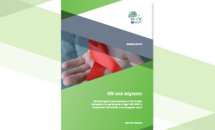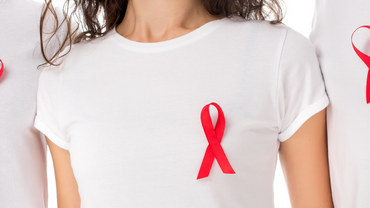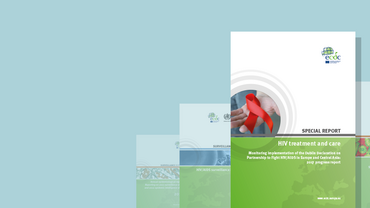HIV and migrants - Monitoring the implementation of the Dublin Declaration on partnership to fight HIV/AIDS in Europe and Central Asia: 2022 progress report
Migrants are a key population affected by HIV across Europe and Central Asia, accounting for 42% of new HIV diagnoses in the EU/EEA in 2021 and 48% of those diagnosed in 2022. Migrants, in particular undocumented migrants, who are living with HIV can experience intersecting stigmas related to their HIV and migration status, as well as racial and broader cultural discrimination. While these prejudices may not be consistent across Europe and Central Asia, in general, they set the context for decisions about availability of and access to treatment and prevention services for migrants.
Executive Summary
For the purposes of this report, migrants are defined as ‘people born abroad’ (i.e. those born outside the reporting country, regardless of place of HIV acquisition or diagnosis). This categorisation encompasses a broad range of individuals, some of whom may also be included in other key populations such as men who have sex with men (MSM), people who inject drugs (PWID), or sex workers. It includes those who have migrated from within Europe as well as those who have come from outside the region and will be diverse in terms of sociodemographic and socio-economic characteristics including ethnicity, nationality, migration status, gender, income, and educational level.
The aim of this report is to assess the situation for migrants at risk of or living with HIV, and to identify the efforts that are being made across the region regarding HIV prevention among migrants.








